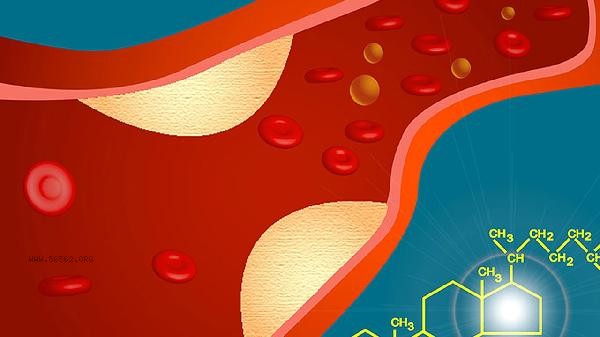Low neutrophils may not be AIDS, but may be caused by virus infection, drug influence, autoimmune disease, blood system disease or malnutrition and other factors. AIDS is only one of the many possibilities, which needs to be combined with other examinations for comprehensive judgment.

1. Viral infection:
Common viral infections such as influenza and hepatitis can inhibit bone marrow hematopoietic function, leading to temporary decrease in neutrophils. This type of situation is usually accompanied by symptoms such as fever and fatigue, and the blood count can recover on its own after the virus infection is controlled.
2. Drug effects:
Chemotherapy drugs, antibiotics, anti thyroid drugs, etc. may cause bone marrow suppression. Drug induced neutropenia usually improves gradually after discontinuation of medication, and medication regimens may need to be adjusted under the guidance of a doctor if necessary. 3. Autoimmune diseases: Systemic lupus erythematosus, rheumatoid arthritis, and other diseases may produce anti neutrophil antibodies. These patients often have typical symptoms such as joint pain and rash, and need to be diagnosed through immunological examination. 4. Hematological disorders: Hematological disorders such as aplastic anemia and myelodysplastic syndrome can lead to persistent neutropenia. The patient may have anemia and bleeding tendencies, and a bone marrow puncture is needed for a clear diagnosis. 5. Malnutrition: Long term deficiency of vitamin B12, folate, or copper can affect granulocyte production. After improving dietary structure and supplementing relevant nutrients, blood routine indicators can often return to normal levels.
If neutrophils are found to be low, the blood routine examination should be rechecked, and AIDS should be excluded in combination with lymphocyte count, HIV antibody test and other special examinations. In daily life, it is necessary to ensure the intake of high-quality protein and fresh fruits and vegetables, avoid raw and cold foods, and engage in moderate brisk walking, yoga, and exercise to enhance physical fitness. If the value remains below 1.0 × 10 ⁹/L or is accompanied by repeated infections, it is necessary to seek timely medical attention from the hematology department to complete bone marrow examination.










Comments (0)
Leave a Comment
No comments yet
Be the first to share your thoughts!